Growing Smartphone Penetration
The increasing penetration of smartphones in Canada is a pivotal driver for the mobile banking market. As of 2025, approximately 90% of Canadians own a smartphone, facilitating access to banking services through mobile applications. This trend indicates a shift in consumer behavior, where individuals prefer managing their finances on-the-go. The mobile banking market benefits from this surge, as more users engage with banking apps for transactions, account management, and financial planning. Furthermore, the convenience offered by mobile banking aligns with the fast-paced lifestyle of Canadians, making it an attractive option for both traditional banks and fintech companies. The rise in smartphone usage is likely to continue, further propelling the mobile banking market's growth in the coming years.
Increased Focus on Financial Literacy
The growing emphasis on financial literacy in Canada is emerging as a significant driver for the mobile banking market. Educational initiatives aimed at improving financial knowledge among consumers are encouraging the adoption of mobile banking services. As individuals become more informed about managing their finances, they are more likely to utilize mobile banking applications for budgeting, saving, and investing. Recent studies suggest that Canadians who engage with financial education programs are 40% more likely to use mobile banking services. This trend indicates a shift towards proactive financial management, which aligns with the offerings of the mobile banking market. As financial literacy continues to improve, it is anticipated that the demand for mobile banking solutions will rise, further propelling market growth.
Regulatory Support for Digital Banking
Regulatory frameworks in Canada are increasingly supportive of digital banking initiatives, which serves as a significant driver for the mobile banking market. The Canadian government has implemented policies that encourage innovation in financial services, including the adoption of mobile banking technologies. For instance, the Financial Consumer Agency of Canada (FCAC) promotes transparency and consumer protection in digital transactions. This regulatory environment fosters trust among consumers, leading to higher adoption rates of mobile banking services. As of 2025, the mobile banking market is witnessing a surge in new entrants, including neobanks and fintech startups, which are capitalizing on these favorable regulations to offer competitive services. The ongoing evolution of regulatory policies is expected to further enhance the mobile banking landscape in Canada.
Rising Consumer Demand for Convenience
The demand for convenience among Canadian consumers is a crucial driver of the mobile banking market. As lifestyles become increasingly busy, individuals seek efficient ways to manage their finances. Mobile banking applications provide a seamless experience, allowing users to perform transactions, pay bills, and monitor their accounts from anywhere at any time. Recent surveys indicate that over 70% of Canadians prefer using mobile banking apps for their banking needs, highlighting a clear shift in consumer preferences. This trend is likely to continue, as the mobile banking market adapts to meet the evolving expectations of users. Financial institutions are investing in user-friendly interfaces and innovative features to enhance customer satisfaction, thereby driving further growth in the mobile banking sector.
Technological Advancements in Banking Solutions
Technological advancements play a pivotal role in shaping the mobile banking market. Innovations such as biometric authentication, blockchain technology, and advanced encryption methods are enhancing the security and efficiency of mobile banking services. In Canada, financial institutions are increasingly adopting these technologies to provide a more secure and user-friendly experience. For instance, the integration of biometric features like fingerprint and facial recognition is becoming commonplace, addressing consumer concerns regarding security. As of 2025, the mobile banking market is witnessing a rapid evolution in service offerings, with banks leveraging technology to differentiate themselves in a competitive landscape. This ongoing technological evolution is expected to drive further adoption of mobile banking solutions among consumers.


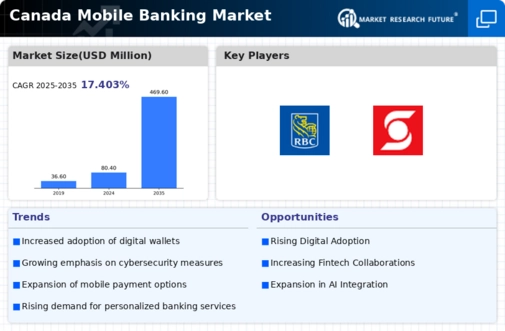


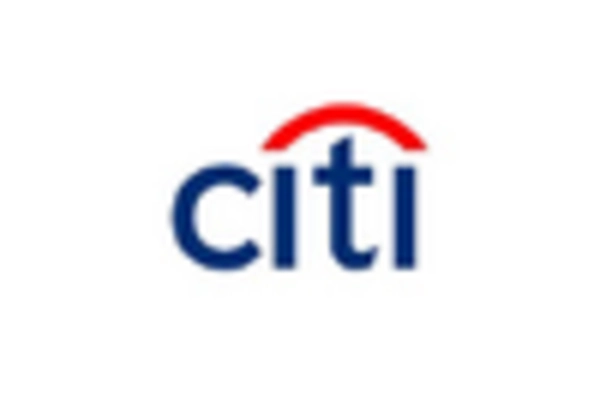
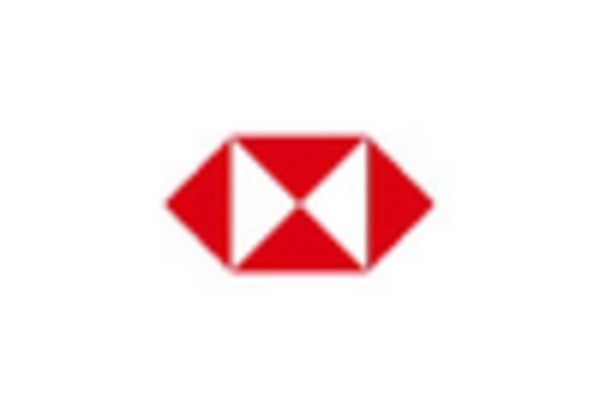
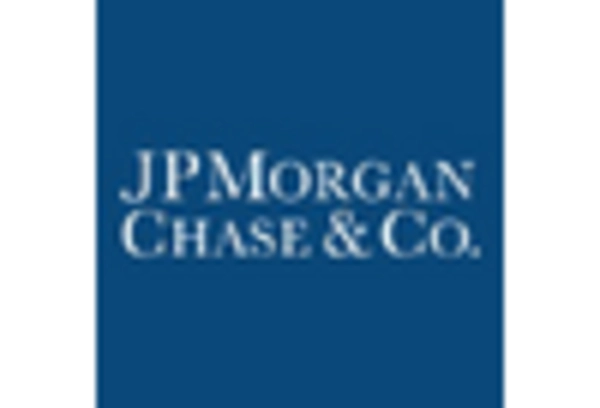
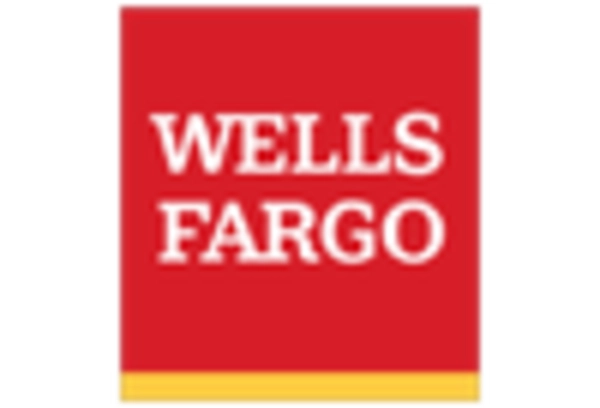








Leave a Comment